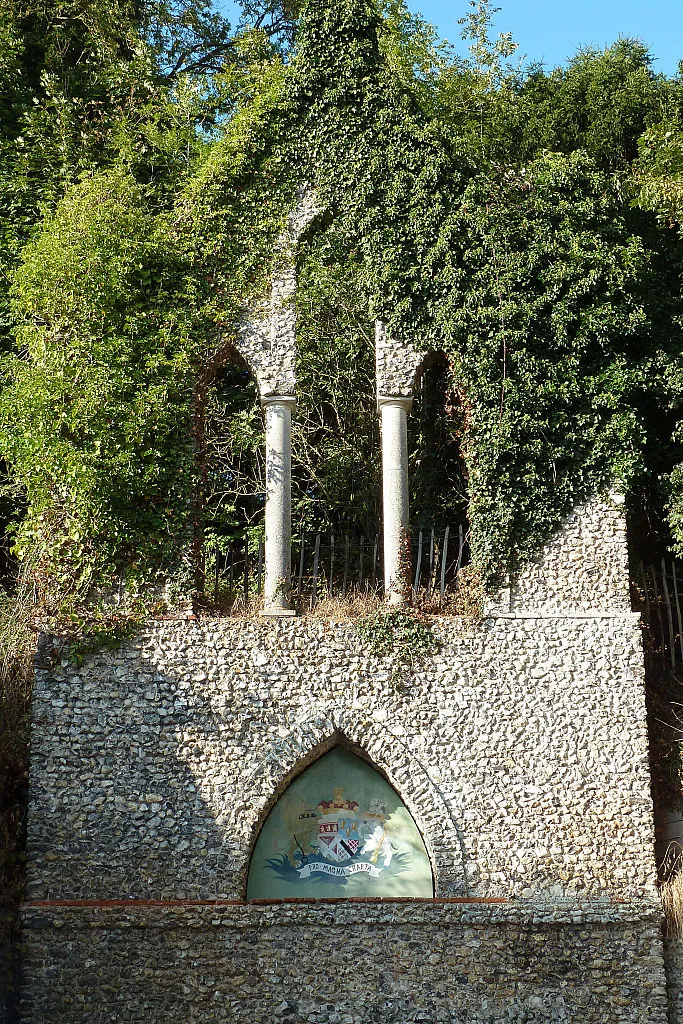In West Wycombe, beneath St Lawrence Church and Mausoleum, lies a stretch of man-made chalk and flint caverns that once housed a notorious 18th-century gentleman’s club. The creation of Sir Francis Dashwood, these caves have been restored to their former opulent glory and really need to be seen to be believed.
The caves’ name derives from that of the Hellfire Club. Originally called the Order of the Friars of St Francis of Wycombe, this meeting of high-society rakes was quite literally forced underground by a commitment to their motto of Fais ce que tu voudras (Do what thou wilt). Yet despite the debaucheries that allegedly took place within these chambers (including pagan rituals), they were originally conceived as a way of providing work for locals who had been hit by disastrous harvests in 1748, 1749 and 1750. The excavated chalk was used to rebuild the road from West Wycombe to High Wycombe.

Gothic caverns
Hellfire Caves fell into a state of disrepair between the 18th century and 1951, when they were restored and reopened to the public. The passageways can once again be accessed through the majestic flint facade of its mock-Gothic church entrance. Meander through the caves’ arches and twists and turns 100m below the surface, while speculating about what aristocrats and other high-ranking members of society might have once gotten up to.
Ancient inspiration
The layout of this underground world is said to be inspired by the Eleusinian mysteries of ancient Greece. There is even a cave named after Benjamin Franklin, one of the Founding Fathers of the United States and a friend and collaborator of Sir Francis.
The relatively stable temperatures below ground and guaranteed shelter from the elements – plus potential sightings of resident ghost Suki – make the winter months an ideal time to visit this depraved remnant of a forgotten time. The caves are open in winter from 1 November to 31 March, Saturdays and Sundays only, 11am until dusk.
